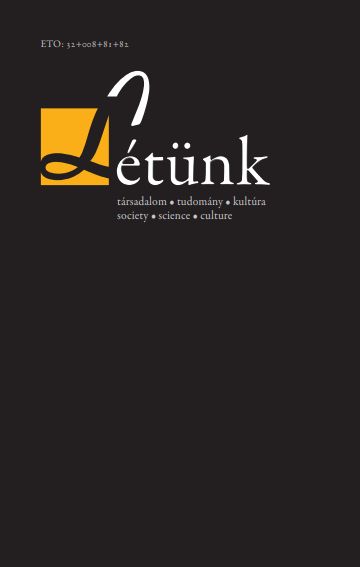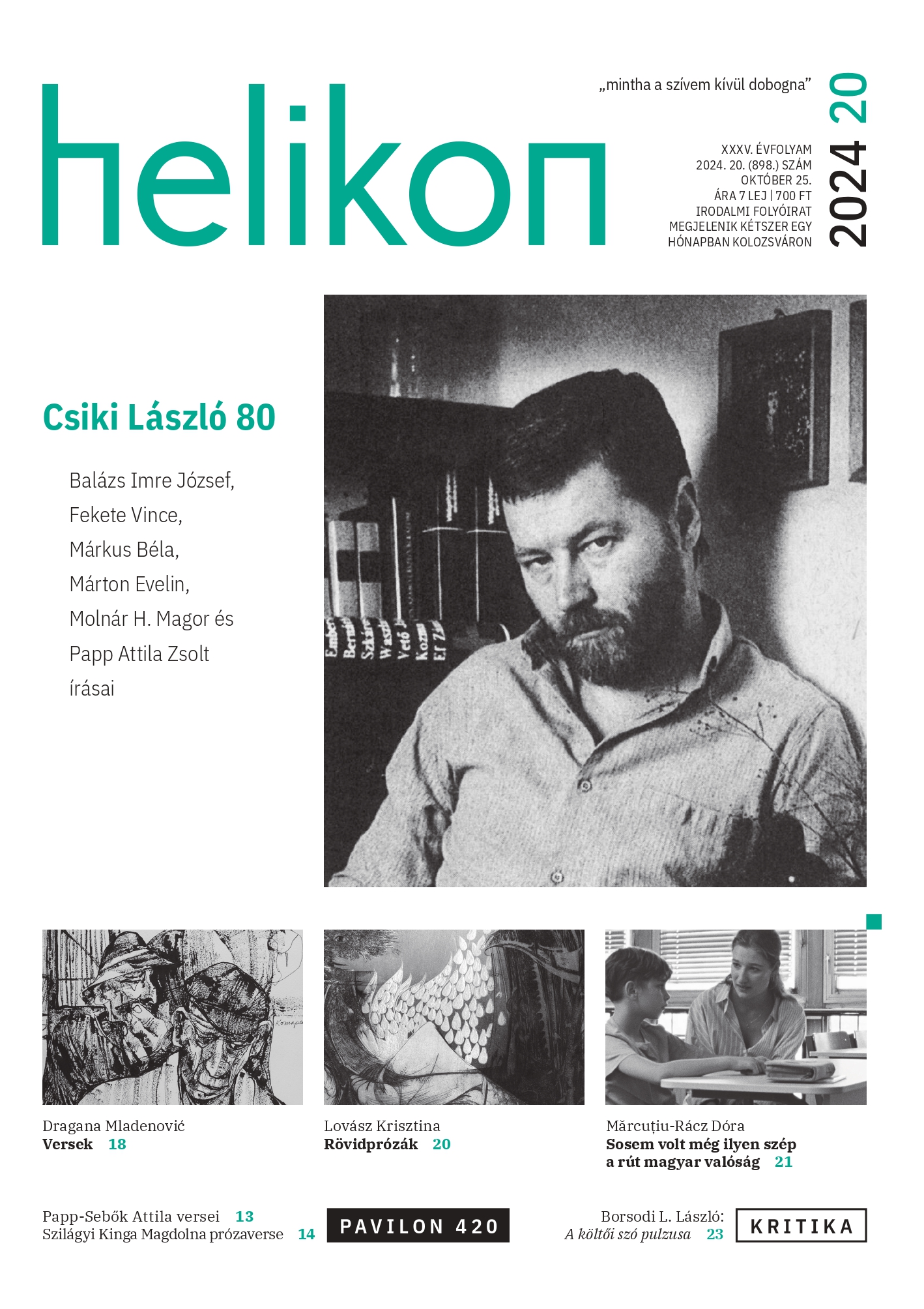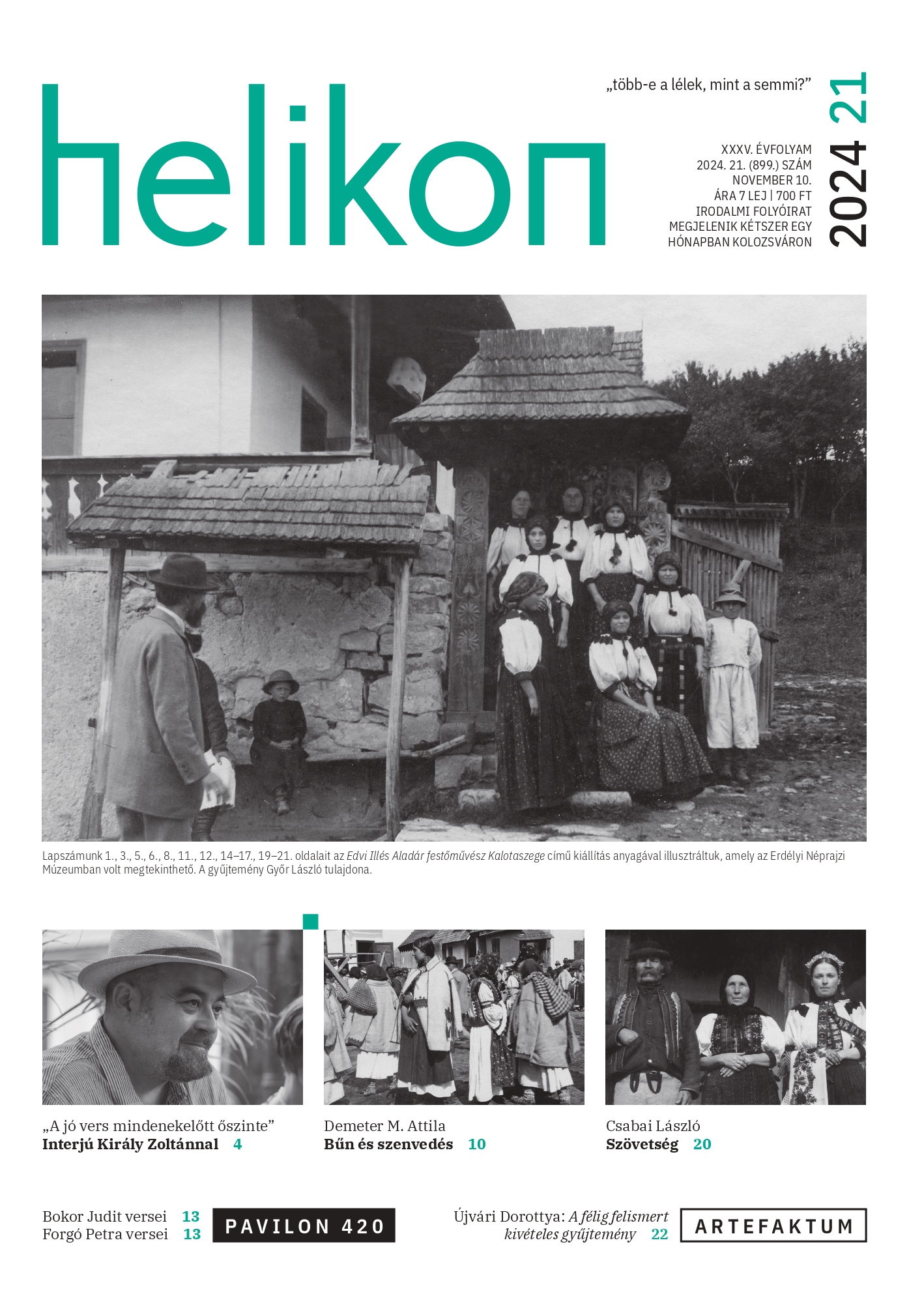
We kindly inform you that, as long as the subject affiliation of our 300.000+ articles is in progress, you might get unsufficient or no results on your third level or second level search. In this case, please broaden your search criteria.


This study aims to set focus on the native language provincialism also present in the language use of the Vojvodina Hungarians, stating that it is such a qualitative category, the intensity of which varies, but which does not primarily depend on one’s level of general education. One finding is that even though certain expressions have an original form, the diaspora living in scattered minority communities cannot make use of this, they don’t even know the original word or the basic meaning of proverbs. The use of the native language of Hungarian minorities has significantly narrowed in the past decades. The friendship circle of young people has also undergone a transformation. Such elements present in folklore texts, which are difficult to comprehend, or which they are unable to comprehend have gradually, but irreversibly disappeared from public knowledge. Within the Hungarian scattered minority communities, the linguistic provincialism within the dwindling Hungarian diaspora has been taken on as a dramatic show of tradition. Slowly – as tradition outlives the use of language – only intercultural relations will remain as an indicator of Hungarian linguistic affiliation.
More...
This study aims to present the traditional storytelling practices of Kupusina (Hungarian: Bácskertes or Kupuszina) and István Toldi, its renowned storyteller. A comprehensive review of the extant literature on the subject was conducted, including Judit Raffai’s Vojvodina Hungarian folktale catalogue. It is noteworthy that Kupusina has maintained its Palóc dialect, customs, and unique traditional attire. In the 1950s, oral storytelling was still a prominent form of entertainment in Kupusina, however, it was observed that, like many other similar settlements, the demand for tales and consequently for oral storytelling almost disappeared following the advent of television and radio. The community’s storytelling is dominated by the need for reality, and only true stories are told. The respondents’ recollections indicate that in the past, the villagers primarily engaged with true events, with children acquiring folktales from their parents and grandparents. The community included storytellers, though their repertoire did not encompass folktales, but rather comprised humorous anecdotes. Based on the respondents’ accounts and the reviewed literature, four traditional storytelling occasions were identified: at the barber’s, at the blacksmith’s, at the table among adults, and storytelling for children.
More...

Attila Zsolt Papp's editorial on László Csiki.
More...






Poem by Radu Vancu, translated by Ferenc André.
More...

Poems by Dragana Mladenović, translated by Roland Orcsik.
More...




